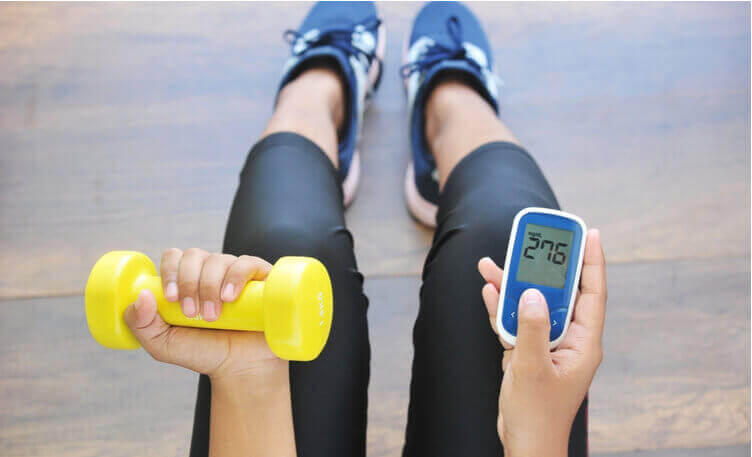For most individuals with diabetes, a mix of aerobic exercises and strength training is recommended. Aim for at least 150 minutes of moderate-intensity aerobic activity per week, along with muscle-strengthening activities on 2 or more days.
Aerobic activities like brisk walking, swimming, cycling, or dancing help improve insulin sensitivity and manage blood sugar levels. Strength training, using resistance bands or weights, can help increase muscle mass and boost metabolism, aiding in better blood sugar control.
Strength training can be beneficial for diabetics by improving insulin sensitivity, increasing muscle mass, and enhancing overall metabolic health.
Monitor your blood sugar levels before, during, and after exercise, and carry a source of fast-acting carbohydrates in case of low blood sugar. Always stay hydrated, wear appropriate footwear, and pay attention to any discomfort or unusual symptoms.
Here are some guidelines for incorporating strength training into a diabetic exercise routine:
1. Consult a Professional: Before starting any new exercise program, consult your healthcare provider or a certified fitness trainer. They can help tailor the routine to your specific needs and health condition.
2. Frequency: Aim for 2-3 sessions of strength training per week, with a day of rest in between to allow muscles to recover.
3. Exercises: Focus on compound exercises that work multiple muscle groups, such as squats, lunges, deadlifts, bench presses, and rows. Start with bodyweight exercises and gradually incorporate resistance bands or weights.
4. Progressive Overload: Gradually increase the resistance or weight as your strength improves. This helps stimulate muscle growth and adaptation.
5. Form and Technique: Proper form is essential to prevent injuries. If you're new to strength training, consider working with a fitness professional to learn correct techniques.
6. Warm-up and Cool-down: Always warm up your muscles with light aerobic activity before starting strength training. After your session, cool down with stretches to improve flexibility and reduce muscle soreness.
7. Blood Sugar Monitoring: Check your blood sugar levels before and after exercise. If you're on insulin or certain medications, your healthcare provider may suggest adjusting your doses based on your activity level.
8. Hydration and Nutrition: Stay hydrated before, during, and after your workout. Have a balanced snack containing protein and carbohydrates before exercising to stabilize blood sugar levels.
9. Rest and Recovery: Give your muscles time to recover between sessions. Adequate sleep and proper nutrition are essential for recovery and overall health.
10. Listen to Your Body: If you experience any discomfort, pain, or extreme fatigue during exercise, stop and consult your healthcare provider.
Remember that consistency is key. Gradually building strength over time can have a positive impact on your diabetes management. Always prioritise safety and work with professionals to create a suitable and effective strength training plan.
Healthy regards,
ATLAS




